Ecological Mirrors – What Self-Contained Worlds Reveal About Our Environment
Terrariums – A Microcosm of the Macro
Terrariums are not just merely a decorative object. It is a living system that simulates the ecological processes of the outside world in miniature. Within its sealed or semi-sealed boundaries, water cycles, nutrient flows, and biological interactions unfold continuously. These processes are real, observable, and deeply instructive. Terrariums offer a controlled environment where ecological principles can be studied, refined, and symbolically understood.
They demonstrate how life persists through balance, adaptation, and interdependence. Every leaf, root, and droplet plays a role in maintaining systemic integrity. The terrarium becomes a metaphor for Earth itself — finite, interlinked, and vulnerable to imbalance. It shows how excess moisture, poor soil, or overcrowding can destabilize the whole. It also reveals how resilience emerges through diversity and feedback.

Water Cycles and Atmospheric Feedback
Water in a terrarium does not disappear. It evaporates, condenses, and returns to the soil in a continuous loop. This closed cycle mimics the hydrological processes of Earth, where water moves between atmosphere, land, and ocean. In a healthy terrarium, condensation forms on the glass, then drips back into the substrate. This cycle maintains humidity and supports plant hydration without external input. Disruption of this loop — through overheating or poor ventilation — leads to drought or mold.
The terrarium teaches that water is not just a resource; it is a system. It must be cycled, not consumed. In the outside world, deforestation and urbanization interrupt these loops, causing floods or desertification. Terrariums show how even small changes in temperature or airflow can destabilize water balance. They also demonstrate the importance of canopy cover in regulating evaporation. The glass walls act as a climate boundary, much like Earth’s atmosphere. When the cycle is intact, life flourishes. When it breaks, collapse begins. Water is not passive — it is the circulatory system of life.

Soil Structure and Nutrient Cycling
Soil in a terrarium is not inert. It is a living matrix of minerals, organic matter, and microbial life. Nutrients cycle through decomposition, root uptake, and microbial transformation. Dead leaves become compost, feeding the next generation of growth. This mirrors the nutrient loops in forests, grasslands, and wetlands. Terrariums reveal how soil health depends on biodiversity, moisture, and aeration. Compacted or sterile soil leads to stagnation and root rot.
In the outside world, industrial agriculture often strips soil of its regenerative capacity. Terrariums show how even small disruptions — like overwatering or lack of detritivores — can halt nutrient flow. They also highlight the role of fungi and bacteria in breaking down organic material. Soil is not just a foundation — it is a dynamic engine of life. Without healthy soil, ecosystems cannot regenerate. Terrariums teach that fertility is not a given; it is earned through balance. The invisible life beneath the surface is what sustains everything above it.

Photosynthesis and Energy Flow
Plants in a terrarium rely on light to convert carbon dioxide and water into sugars. This process, known as photosynthesis, is the foundation of all terrestrial food chains. Without light, the system collapses. Terrariums demonstrate how energy must be introduced, transformed, and distributed. Artificial lighting can mimic sunlight, but intensity and duration matter.
Too much light causes leaf burn; too little leads to etiolation. In the outside world, deforestation and pollution reduce light access for understory plants. Terrariums show how canopy structure affects energy distribution. They also reveal how photosynthesis regulates oxygen levels and carbon balance. Energy is not just a commodity — it is a currency of life. Terrariums teach that energy must be managed, not maximized. The balance between input and absorption determines system health. Photosynthesis is not just a plant function — it is a planetary stabilizer. In both terrariums and forests, light is life.

Biodiversity and System Resilience
A diverse terrarium is a stable terrarium. Multiple plant species create layered habitats, regulate humidity, and prevent monoculture collapse. Diversity also supports microbial variation, which enhances nutrient cycling and disease resistance. In the outside world, biodiversity buffers ecosystems against climate stress and invasive species. Terrariums show how redundancy creates resilience. If one plant fails, others fill its ecological role. Monocultures, by contrast, are efficient but fragile.
Terrariums reveal how diversity must be spatial, functional, and genetic. They also demonstrate how competition and cooperation shape community structure. Biodiversity is not decorative — it is structural. In both terrariums and wild ecosystems, resilience emerges from complexity. Loss of diversity leads to cascading failures. Terrariums teach that every species is a system contributor. The more varied the life, the stronger the whole.
Ecological Roles in a Terrarium Ecosystem
| Component | Function in System | Parallel in Natural Ecosystems |
|---|---|---|
| Mosses | Moisture retention and ground cover | Forest floor insulation and water buffering |
| Ferns | Mid-canopy structure and transpiration | Understory regulation and shade |
| Detritivores | Decomposition and nutrient recycling | Soil health and microbial balance |
| Fungi | Organic breakdown and symbiosis | Mycorrhizal networks and nutrient exchange |
| Microbes | Disease control and nutrient transformation | Soil fertility and ecosystem stability |
Climate Regulation and Microclimate Design
Terrariums regulate their own climate through moisture retention, plant transpiration, and thermal buffering. The glass enclosure traps heat and humidity, creating a stable microclimate. This mimics how forests regulate temperature through canopy cover and evapotranspiration. In both systems, vegetation plays a critical role in moderating extremes. Terrariums show how even small changes in plant density or substrate composition can shift temperature and humidity levels.
They also demonstrate the importance of airflow and ventilation in preventing mold and stagnation. In the outside world, deforestation disrupts regional climates, leading to heatwaves and erratic rainfall. Terrariums teach that climate is not just atmospheric — it is biological. Plants are climate engineers, not passive recipients. The balance between heat retention and dissipation determines system health. Terrariums also reveal how light cycles affect temperature rhythms. Artificial lighting must be timed to mimic natural day-night patterns. Climate regulation is not a fixed setting — it is a dynamic negotiation. Terrariums remind us that climate is co-created by living systems. Stability emerges from interaction, not isolation.
Microclimate Factors in Terrarium Systems
| Factor | Ecological Role | Parallel in Natural Environments |
|---|---|---|
| Canopy Density | Regulates light and temperature | Forest shade and thermal buffering |
| Substrate Moisture | Influences humidity and microbial activity | Soil water retention and respiration |
| Glass Enclosure | Traps heat and condensation | Atmospheric greenhouse effect |
| Plant Transpiration | Releases moisture and cools air | Evapotranspiration in ecosystems |
| Airflow Management | Prevents mold and stagnation | Wind circulation and pollutant dispersion |
Ecological Feedback and System Memory
Terrariums operate through feedback loops. When humidity rises, condensation increases, which then returns water to the soil. If a plant dies, decomposition alters nutrient levels, affecting nearby growth. These loops are not linear — they are recursive and adaptive. Terrariums show how systems remember past conditions and adjust accordingly. This mirrors ecological memory in forests, where fire history, species succession, and soil legacy shape future resilience.
Feedback is not just reactive — it is formative. Terrariums reveal how imbalance triggers correction, but only within certain thresholds. Beyond those thresholds, collapse can occur. In the outside world, climate tipping points function similarly. Feedback loops regulate stability until overwhelmed. Terrariums teach that resilience depends on feedback sensitivity and diversity. They also show how delayed responses can mask instability. Ecological health is not static — it is a pattern of remembered interactions. Terrariums are not just containers — they are memory systems.
Feedback Loops in Terrarium Ecology
| Trigger Event | System Response | Long-Term Effect |
|---|---|---|
| Increased Humidity | More condensation and water return | Stable hydration cycle |
| Plant Death | Nutrient release and microbial bloom | Soil enrichment or imbalance |
| Light Reduction | Slower photosynthesis and growth | Energy deficit and leaf drop |
| Overwatering | Root rot and fungal spread | Collapse of plant health |
| Temperature Spike | Accelerated evaporation and stress | Moisture loss and system fatigue |
Population Control and Spatial Limits
Terrariums have finite space. Overcrowding leads to competition for light, nutrients, and root territory. This forces plants to adapt, compete, or die. Population control in terrariums is not enforced — it emerges from ecological pressure. In the outside world, similar dynamics occur in dense forests, coral reefs, and urban ecosystems. Terrariums show how spatial limits shape species behavior and survival.
They also reveal how dominant species can suppress others, reducing diversity. Pruning and removal mimic natural disturbances like fire or grazing. These interventions reset competition and allow regeneration. Terrariums teach that population balance is not static — it is cyclical. Growth must be matched by space and resources. Without control, systems become unstable. Terrariums demonstrate how carrying capacity is a real ecological constraint. They remind us that expansion has limits. Sustainability begins with spatial awareness.
Spatial Dynamics in Terrarium Systems
| Limiting Factor | Ecological Impact | Management Strategy |
|---|---|---|
| Light Availability | Determines growth and canopy dominance | Rotate plants and adjust lighting |
| Root Competition | Affects nutrient uptake and stability | Use layered substrate and spacing |
| Nutrient Access | Shapes species success and resilience | Add compost or adjust plant density |
| Vertical Space | Limits tall species and airflow | Prune regularly and select compact varieties |
| Horizontal Spread | Encourages creeping plants to dominate | Contain runners and monitor expansion |
Waste Systems and Decomposition
Terrariums generate waste. Dead leaves, fallen stems, and microbial byproducts accumulate over time. Decomposition is essential for nutrient recycling and system health. Detritivores like springtails and isopods break down organic matter, transforming waste into fertility. This mirrors composting and decay in forests and grasslands. Terrariums show how waste is not a problem — it is a process. Without decomposers, waste becomes toxic. Mold, rot, and anaerobic conditions emerge.
Terrariums teach that waste must be metabolized, not ignored. In the outside world, human systems often externalize waste, disrupting ecological cycles. Terrariums reveal how internal recycling sustains life. They also demonstrate how balance between production and breakdown determines longevity. Waste is not failure — it is transformation. Terrariums remind us that decay is part of growth. Every system must digest its own history.
Decomposition Roles in Terrarium Ecology
| Waste Type | Breakdown Agent | Ecological Benefit |
|---|---|---|
| Dead Leaves | Fungi and detritivores | Nutrient release and soil enrichment |
| Root Debris | Bacteria and springtails | Microbial diversity and aeration |
| Mold Spores | Competing microbes | Disease suppression and balance |
| Organic Residue | Isopods and worms | Composting and structure improvement |
| Gas Byproducts | Ventilation and plant absorption | Air quality regulation and detoxification |
Trophic Structure and Energy Hierarchies
Terrariums contain simplified food webs. Primary producers like mosses and ferns convert light into energy through photosynthesis. Decomposers such as fungi and detritivores recycle organic matter into nutrients. In some terrariums, micro-predators like mites or springtails regulate population balance. These roles mirror trophic levels in natural ecosystems — producers, consumers, and decomposers. Terrariums show how energy flows upward and nutrients cycle downward.
The absence of top predators limits complexity but highlights foundational dynamics. Energy must be captured, transferred, and recycled for the system to persist. Terrariums teach that no species operates in isolation. Each organism depends on others for food, shelter, or regulation. In the outside world, trophic collapse often begins with predator loss or producer decline. Terrariums reveal how even small disruptions can cascade through the system. They also demonstrate how energy bottlenecks lead to stagnation. Trophic structure is not decorative — it is functional. Terrariums remind us that ecological roles are interdependent and non-negotiable.
Energy Roles in a Terrarium Ecosystem
| Trophic Level | Example Organism | Ecological Function |
|---|---|---|
| Primary Producer | Moss, fern | Converts light into chemical energy |
| Primary Consumer | Springtail, isopod | Feeds on decaying plant matter |
| Secondary Consumer | Mite, predatory insect | Regulates decomposer populations |
| Decomposer | Fungi, bacteria | Breaks down organic waste |
| Abiotic Support | Light, water, substrate | Enables energy capture and cycling |
Human Parallels and System Design
Terrariums reflect human systems in miniature. They require planning, maintenance, and adaptive design. Overcrowding, resource depletion, and waste accumulation mirror urban and industrial challenges. Terrariums show how spatial limits shape behavior and survival. They also reveal how feedback loops regulate stability. Human cities, like terrariums, depend on energy input, waste management, and biodiversity. Terrariums teach that sustainability is not a slogan — it is a structural necessity.
They demonstrate how design choices affect long-term resilience. In both systems, neglect leads to collapse. Terrariums also highlight the importance of transparency and monitoring. Hidden problems — like root rot or mold — escalate if ignored. Human systems must learn from ecological ones. Terrariums offer a model for closed-loop design, circular economies, and regenerative planning. They remind us that containment is not control. The health of a system depends on its relationships, not its boundaries.
Ecological Lessons for Human Systems
| Terrarium Feature | Human System Parallel | Design Insight |
|---|---|---|
| Closed Water Cycle | Urban water recycling | Prioritize reuse and retention |
| Nutrient Loop | Composting and soil regeneration | Build circular waste systems |
| Spatial Limits | Population density in cities | Design for balance, not expansion |
| Biodiversity Buffer | Cultural and economic diversity | Encourage redundancy and resilience |
| Feedback Sensitivity | Early warning systems | Monitor and respond before tipping points |
Symbolic Meaning and Ecological Literacy
Terrariums carry symbolic weight. They represent containment, fragility, and interdependence. The glass walls evoke transparency and vulnerability. Every organism inside depends on invisible processes — light, moisture, decay. Terrariums teach ecological literacy through observation and metaphor. They show that systems are shaped by relationships, not isolation. The sealed environment becomes a symbol of planetary limits. Terrariums remind us that Earth is not infinite — it is bounded and reactive.
They also challenge the myth of control. Even in a designed system, unpredictability emerges. Mold blooms, plants die, and balance shifts. Terrariums reveal that stewardship requires humility. They are not just educational tools — they are ethical mirrors. Ecological literacy begins with seeing systems as living, relational, and finite. Terrariums help us see the world not as a resource, but as a responsibility.
Symbolic Themes in Terrarium Design
| Symbolic Element | Ecological Interpretation | Cultural Implication |
|---|---|---|
| Glass Boundary | Atmospheric limits | Transparency and fragility |
| Moisture Cycle | Hydrological interdependence | Renewal and containment |
| Plant Diversity | Biodiversity resilience | Inclusion and complexity |
| Decomposition Layer | Nutrient recycling | Death as transformation |
| Light Source | Energy dependency | External reliance and design ethics |
Restoration Models and Adaptive Learning
Terrariums offer models for ecological restoration. They show how degraded systems can recover through design, patience, and feedback. Adding detritivores improves decomposition. Adjusting light restores photosynthesis. Pruning resets competition and opens space for regeneration. These interventions mirror restoration practices in forests, wetlands, and urban green zones. Terrariums teach that healing is iterative, not instant. They also reveal how monitoring supports adaptive management.
Restoration is not about returning to the past — it is about enabling future resilience. Terrariums demonstrate how small changes can have outsized effects. They validate the role of community stewardship and ecological design. Restoration requires humility, observation, and long-term commitment. Terrariums remind us that ecosystems are not machines — they are relationships. Healing begins with listening to the system. And every system speaks through its patterns.
Restoration Strategies in Terrarium Systems
| Intervention Type | Ecological Function Restored | Parallel in Natural Restoration |
|---|---|---|
| Pruning Overgrowth | Reduces competition and opens canopy | Forest thinning and succession management |
| Adding Decomposers | Enhances nutrient cycling | Soil inoculation and composting |
| Adjusting Light | Restores photosynthesis and growth | Canopy management and solar access |
| Moisture Regulation | Prevents mold and supports hydration | Wetland rehydration and irrigation control |
| Species Rotation | Increases diversity and resilience | Rewilding and habitat diversification |
Microbial Networks and Invisible Infrastructure
Microbes are the hidden architects of terrarium health. Bacteria, fungi, and archaea break down organic matter, cycle nutrients, and regulate disease. These organisms form complex networks that interact with plant roots, detritivores, and each other. In a terrarium, microbial diversity determines soil fertility and system resilience. Sterile substrates lead to stagnation, while rich microbial communities foster regeneration. Microbes also influence gas exchange, producing carbon dioxide and transforming nitrogen. Their activity is shaped by moisture, temperature, and substrate composition.
Terrariums reveal that invisible life is foundational, not peripheral. In the outside world, microbial collapse contributes to soil degradation and agricultural failure. Terrariums teach that health begins below the surface. Microbial networks are not random — they are structured and responsive. They form symbiotic relationships with plants, enhancing nutrient uptake and stress tolerance. Terrariums show how microbial balance prevents outbreaks of mold or rot. These systems remind us that ecological infrastructure is often unseen. Microbes are not background noise — they are the operating system of life.
Microbial Functions in Terrarium Ecology
| Microbial Group | Ecological Role | Parallel in Natural Systems |
|---|---|---|
| Bacteria | Nutrient cycling and decomposition | Soil fertility and disease suppression |
| Fungi | Organic breakdown and symbiosis | Mycorrhizal networks and carbon processing |
| Archaea | Gas transformation and niche adaptation | Extreme environment stabilization |
| Actinomycetes | Antibiotic production and soil structure | Pathogen control and root health |
| Protists | Predator regulation and nutrient flow | Microbial balance and trophic mediation |
Seasonal Simulation and Temporal Design
Terrariums can simulate seasonal rhythms through light cycles, temperature shifts, and moisture variation. These changes influence plant dormancy, microbial activity, and decomposition rates. In sealed systems, artificial lighting mimics day length and seasonal transitions. Terrariums show how time is ecological, not just chronological. Seasonal variation supports biodiversity, regulates growth, and prevents stagnation. In the outside world, climate change disrupts these rhythms, causing mismatched migrations and flowering.
Terrariums teach that timing is as important as structure. They reveal how organisms respond to cues — light, heat, and hydration. Simulating seasons in terrariums improves resilience and ecological realism. Dormancy periods allow recovery and reset nutrient cycles. Terrariums also show how seasonal stress can trigger adaptation. Plants develop thicker leaves, deeper roots, or altered growth patterns. These responses mirror phenological shifts in wild ecosystems. Terrariums remind us that time is a design element. Ecological health depends on rhythm, not just resources.
Seasonal Variables in Terrarium Systems
| Variable | Ecological Impact | Simulation Strategy |
|---|---|---|
| Light Duration | Influences photosynthesis and dormancy | Use timers and spectrum-adjusted bulbs |
| Temperature Range | Shapes microbial and plant activity | Adjust ambient conditions or heating elements |
| Moisture Variation | Regulates decomposition and growth | Cycle misting and ventilation |
| Nutrient Pulses | Supports seasonal growth spurts | Add compost or organic matter periodically |
| Dormancy Periods | Allows recovery and stress adaptation | Reduce light and moisture intentionally |
Edge Effects and Boundary Dynamics
The edges of a terrarium behave differently than its core. Light intensity, temperature, and humidity vary near the glass walls. These gradients create microhabitats that favor certain species over others. Edge effects influence plant placement, microbial distribution, and condensation patterns. In natural ecosystems, edges occur at forest margins, riverbanks, and urban boundaries. Terrariums show how boundaries are zones of transition, not separation. They reveal how species adapt to gradients and compete for edge niches. Edge effects can increase diversity but also introduce stress.
Terrariums teach that boundaries are ecologically active. They also demonstrate how enclosure design shapes edge dynamics. Curved glass, ventilation holes, and substrate slope all influence edge behavior. Terrariums remind us that no system is uniform. Edges are not limits — they are interfaces. In both terrariums and landscapes, edge effects shape structure, function, and resilience.
Edge Dynamics in Terrarium Ecology
| Edge Feature | Ecological Consequence | Design Consideration |
|---|---|---|
| Light Gradient | Promotes phototropic growth | Rotate plants and balance canopy structure |
| Temperature Fluctuation | Alters microbial and plant behavior | Insulate or buffer with moss and substrate |
| Humidity Variation | Affects condensation and mold risk | Monitor airflow and misting frequency |
| Species Sorting | Concentrates adaptable organisms | Diversify plant types and placement |
| Substrate Slope | Influences water flow and root anchoring | Level or contour substrate intentionally |
Ecological Thresholds and System Collapse
Terrariums operate within thresholds. Moisture, light, and nutrient levels must remain within specific ranges for stability. When thresholds are exceeded, systems degrade rapidly. Overwatering leads to root rot; underlighting causes photosynthetic failure. Terrariums show how resilience has limits. In the outside world, ecosystems face similar tipping points — deforestation, ocean acidification, and biodiversity loss.
Terrariums teach that collapse is not always gradual. It can be sudden, triggered by a single variable crossing a threshold. Monitoring is essential to prevent irreversible shifts. Terrariums also reveal how early warning signs — leaf yellowing, mold spots, or condensation imbalance — precede collapse. These indicators mirror ecological stress signals in wild systems. Terrariums remind us that thresholds are not theoretical — they are lived. Stability depends on vigilance, feedback, and adaptive design. Terrariums are not static — they are dynamic systems with limits. Understanding thresholds helps us design for longevity, not just appearance.
Thresholds in Terrarium Stability
| Variable | Safe Range | Collapse Trigger |
|---|---|---|
| Moisture Level | 40–70% humidity | Mold growth or drought stress |
| Light Intensity | 1000–3000 lux | Leaf burn or etiolation |
| Temperature Range | 18–26°C | Microbial dormancy or overheating |
| Nutrient Load | Balanced organic matter | Toxic buildup or deficiency |
| Species Density | 3–5 compatible plants per liter | Competition or resource exhaustion |
Observational Bias and Ecological Interpretation
Terrariums are shaped by the observer. What we choose to monitor, measure, and interpret influences system design and management. Bias can emerge in plant selection, lighting preferences, or aesthetic goals. These choices affect ecological outcomes. Terrariums show how observation is not neutral — it is participatory. In the outside world, ecological data is shaped by funding, politics, and cultural narratives.
Terrariums teach that what we see depends on where we look. They also reveal how overlooked elements — microbes, detritivores, or substrate layers — drive system health. Observational bias can lead to misdiagnosis or neglect. Terrariums remind us to expand our field of vision. They challenge us to value invisible processes and non-charismatic species. Ecological interpretation must be holistic, not selective. Terrariums are not just visual — they are relational. Observation must be matched by humility and curiosity. What we miss matters as much as what we notice.
Bias Factors in Terrarium Observation
| Bias Type | Description | Ecological Consequence |
|---|---|---|
| Aesthetic Selection | Choosing plants for appearance | Reduced diversity and resilience |
| Light Preference | Overexposure or underexposure | Skewed growth and photosynthetic imbalance |
| Species Favoritism | Ignoring decomposers or microbes | Nutrient stagnation and system fragility |
| Monitoring Focus | Tracking only visible changes | Missed early warning signs |
| Interpretation Framing | Reading behavior through human values | Misunderstood ecological roles |

Conclusion – Small Worlds, Big Lessons
Terrariums are not just miniature gardens. They are ecological systems that reflect the principles, pressures, and possibilities of the outside world. Within their boundaries, water cycles, nutrient loops, and species interactions unfold with precision and unpredictability. Terrariums teach that balance is not static — it is dynamic and relational. They reveal how resilience emerges from diversity, feedback, and design.
These small worlds offer insights into climate regulation, waste metabolism, population control, and restoration. They also challenge cultural myths about control, containment, and simplicity. Terrariums show that every system is shaped by what it includes — and what it excludes. They remind us that ecological health depends on humility, observation, and adaptive care. In a time of planetary crisis, terrariums offer clarity. They are not escape pods — they are mirrors. What happens inside a terrarium is not separate from the world outside. It is a rehearsal, a reflection, and a warning. Ecological literacy begins with seeing systems clearly. And terrariums help us see.
Join the Discussion – What Is Your System Teaching You
What patterns do you observe in your own environment — and how do they mirror terrarium dynamics? How do you manage water, waste, and space in your personal or professional ecosystems? What does restoration look like in your creative, editorial, or ecological practice? How do you design for resilience, not just efficiency? What symbolic lessons do you draw from small systems?
#EcologicalLiteracy #TerrariumThinking #SystemsDesign #MicrocosmMacrotruth #RestorationEcology #ClosedLoopLiving #EnvironmentalSymbolism #BiodiversityMatters #WasteIsProcess #ClimateInMiniature

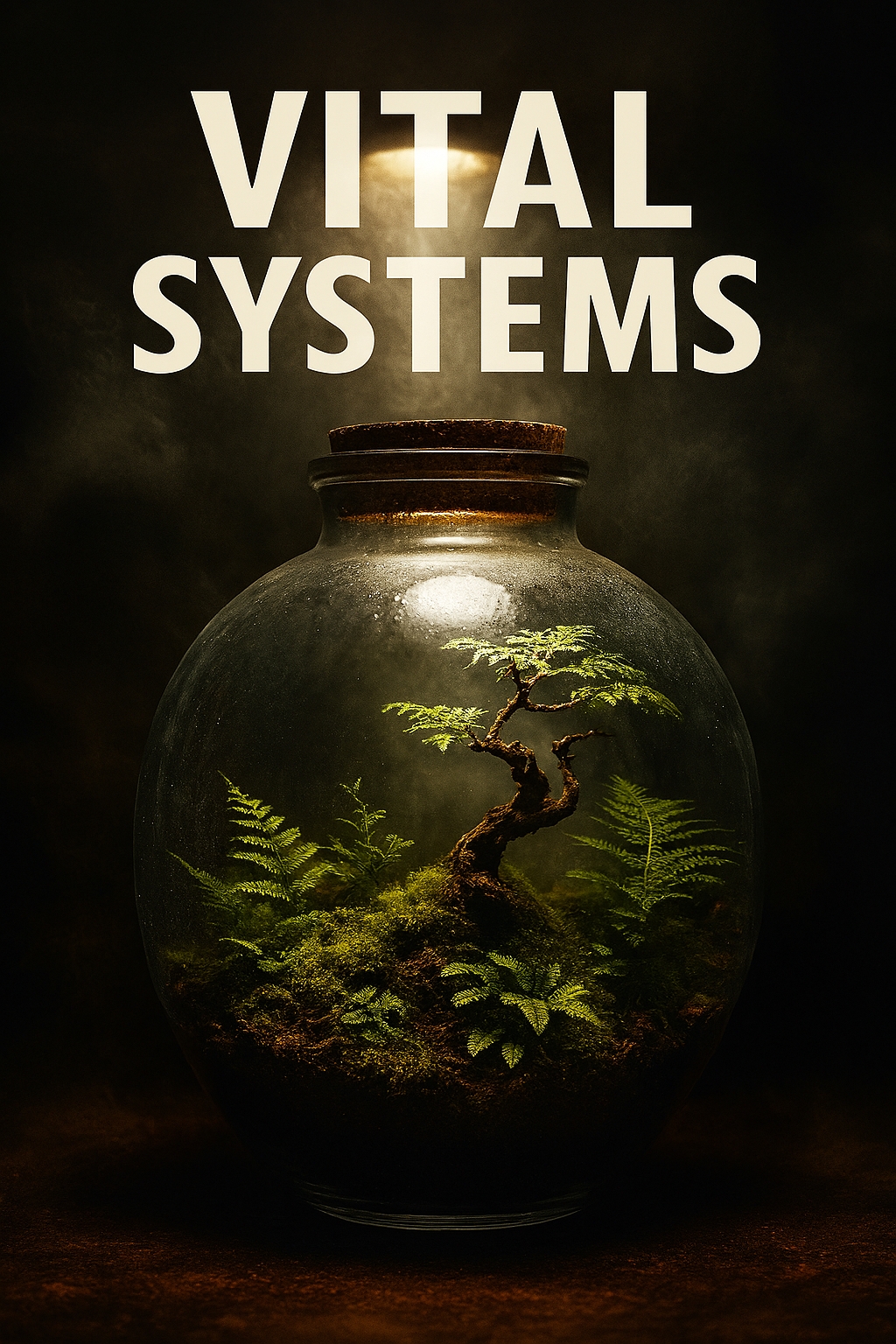






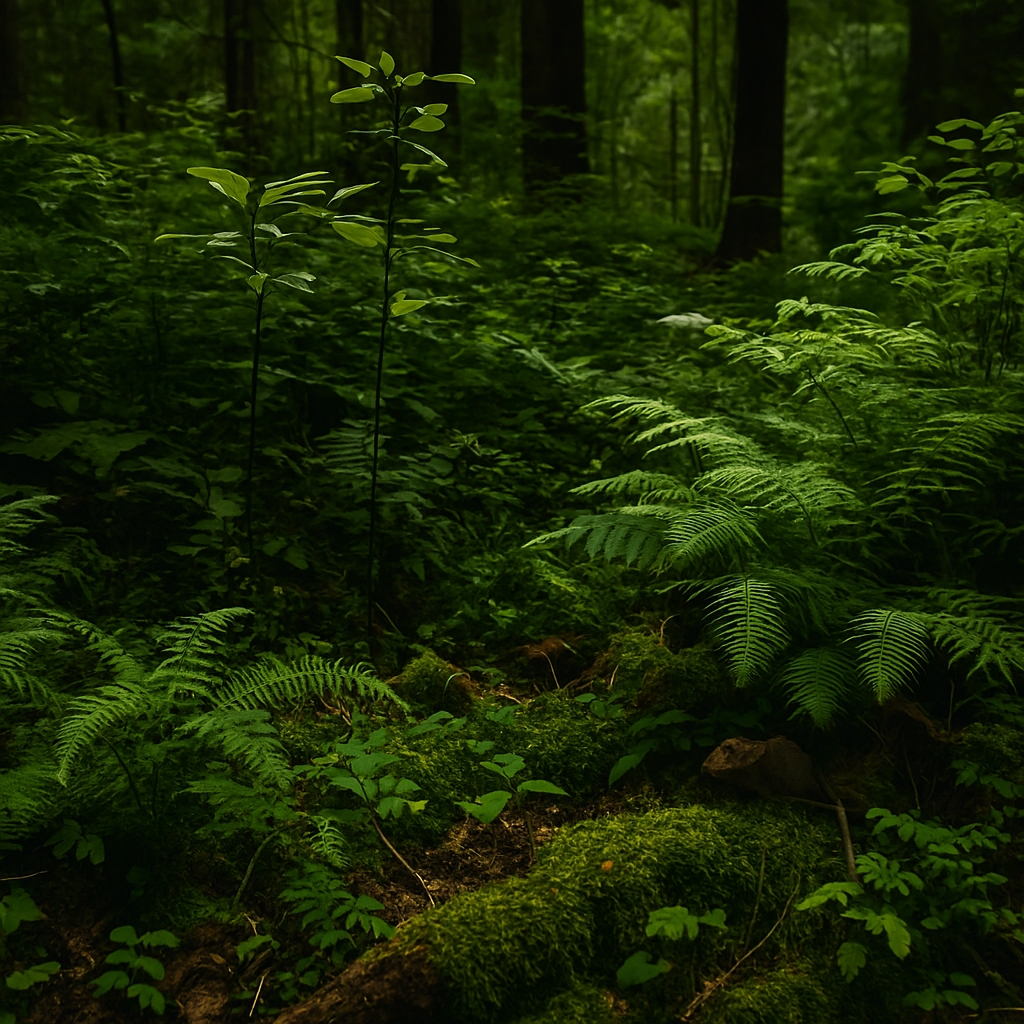
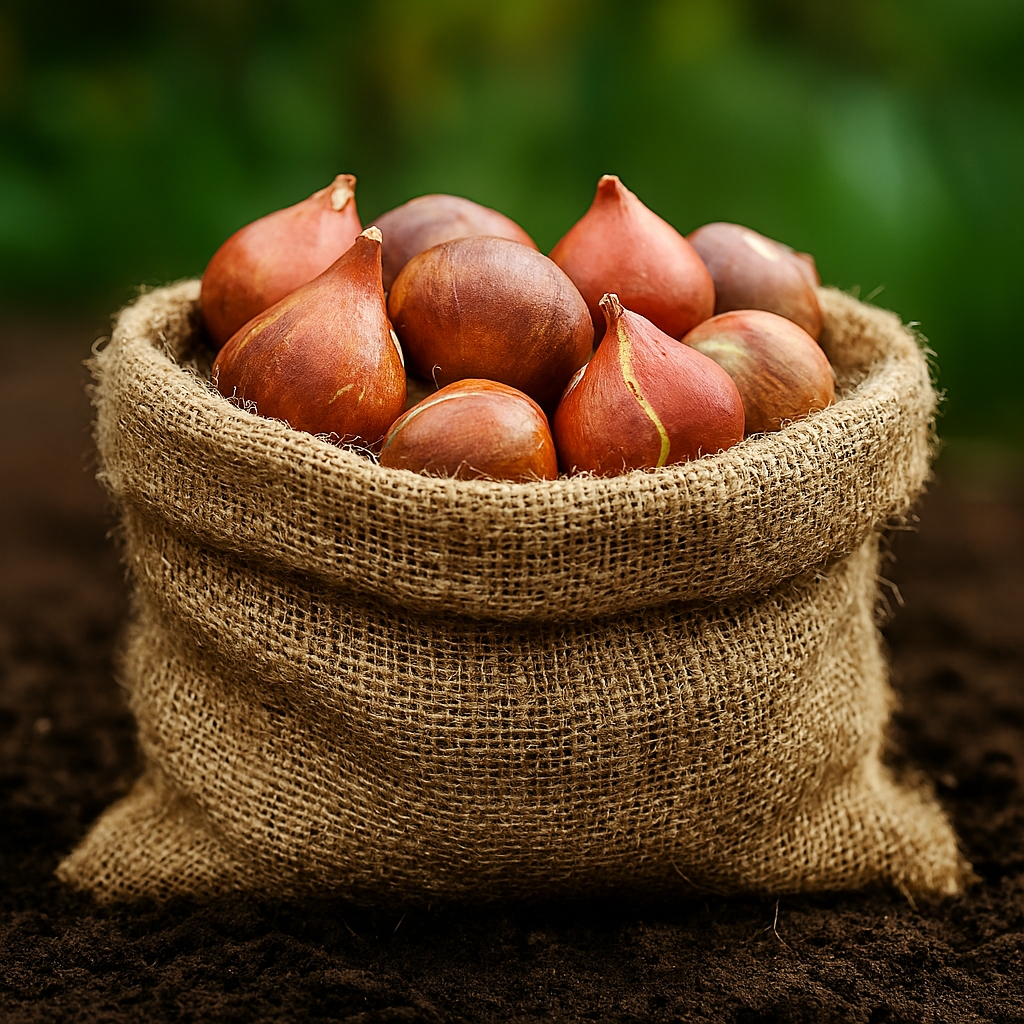
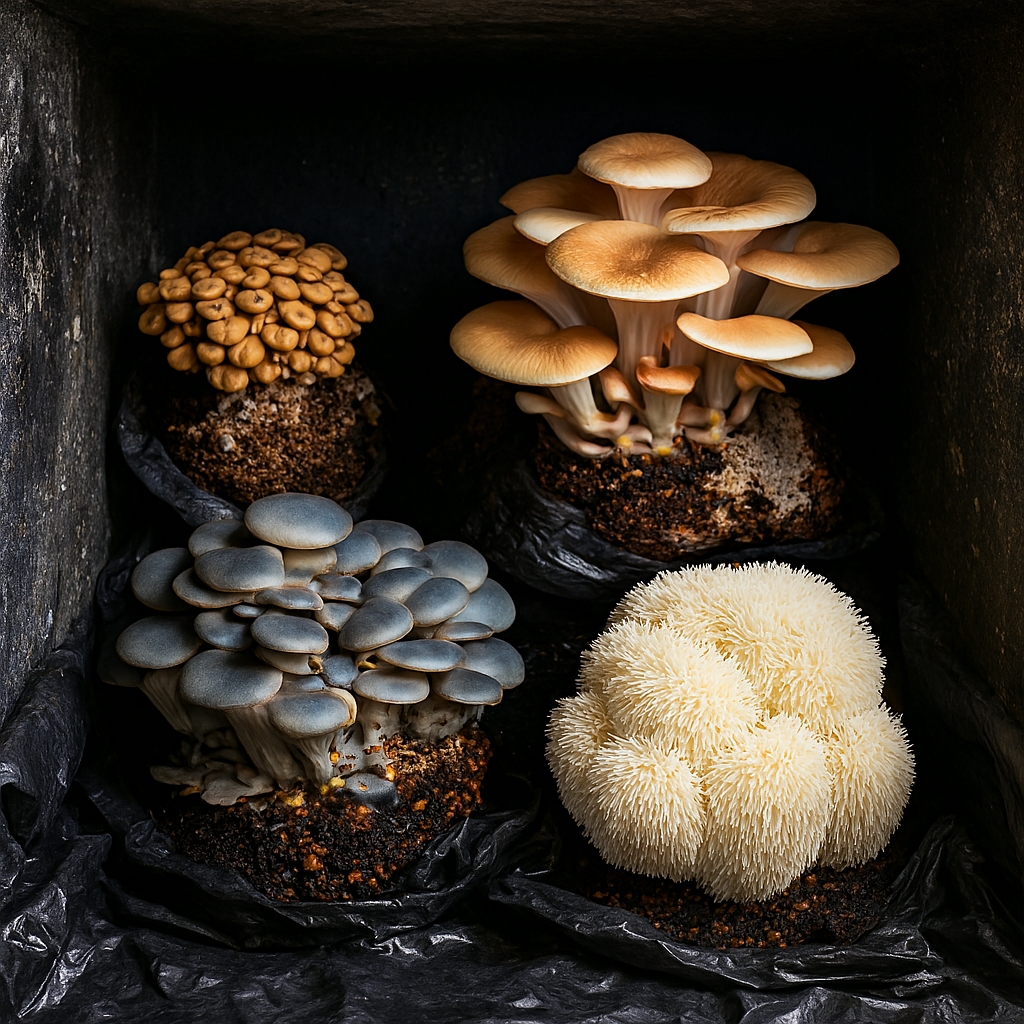

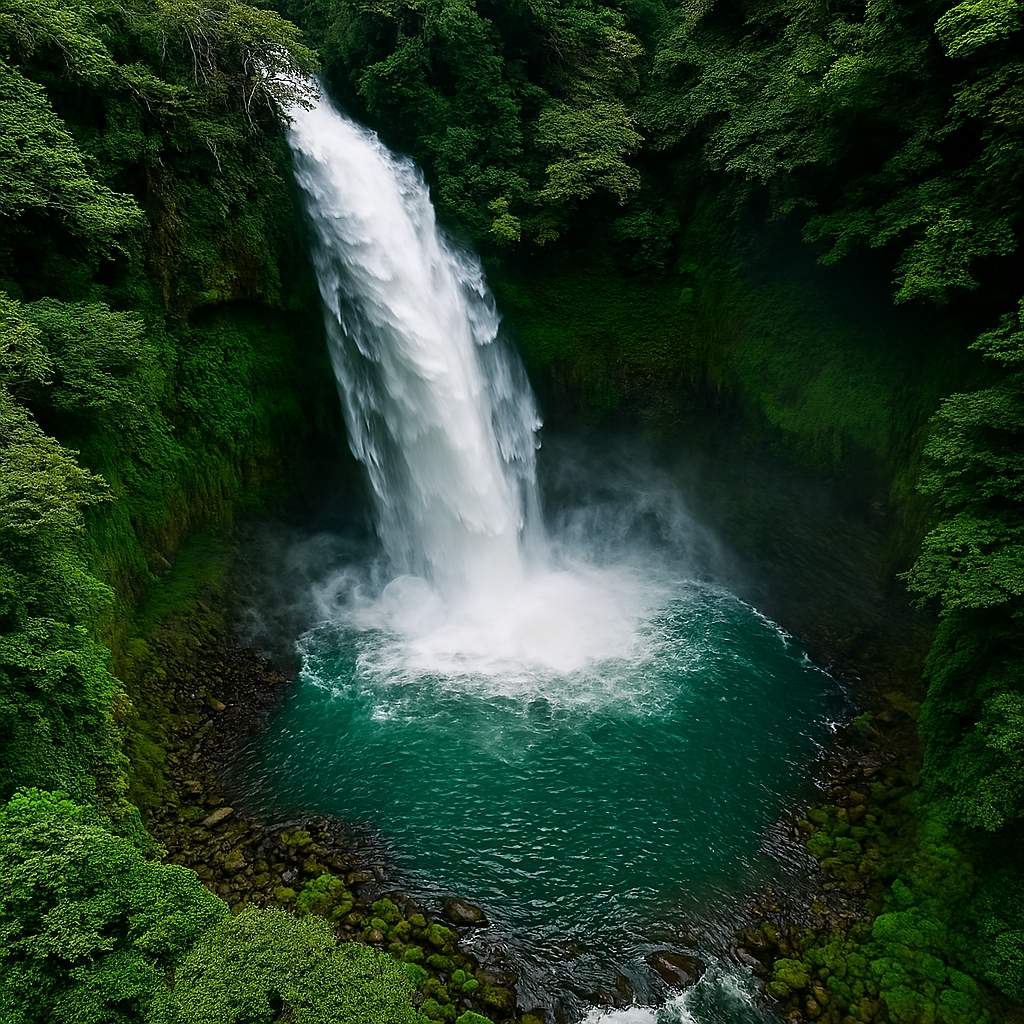
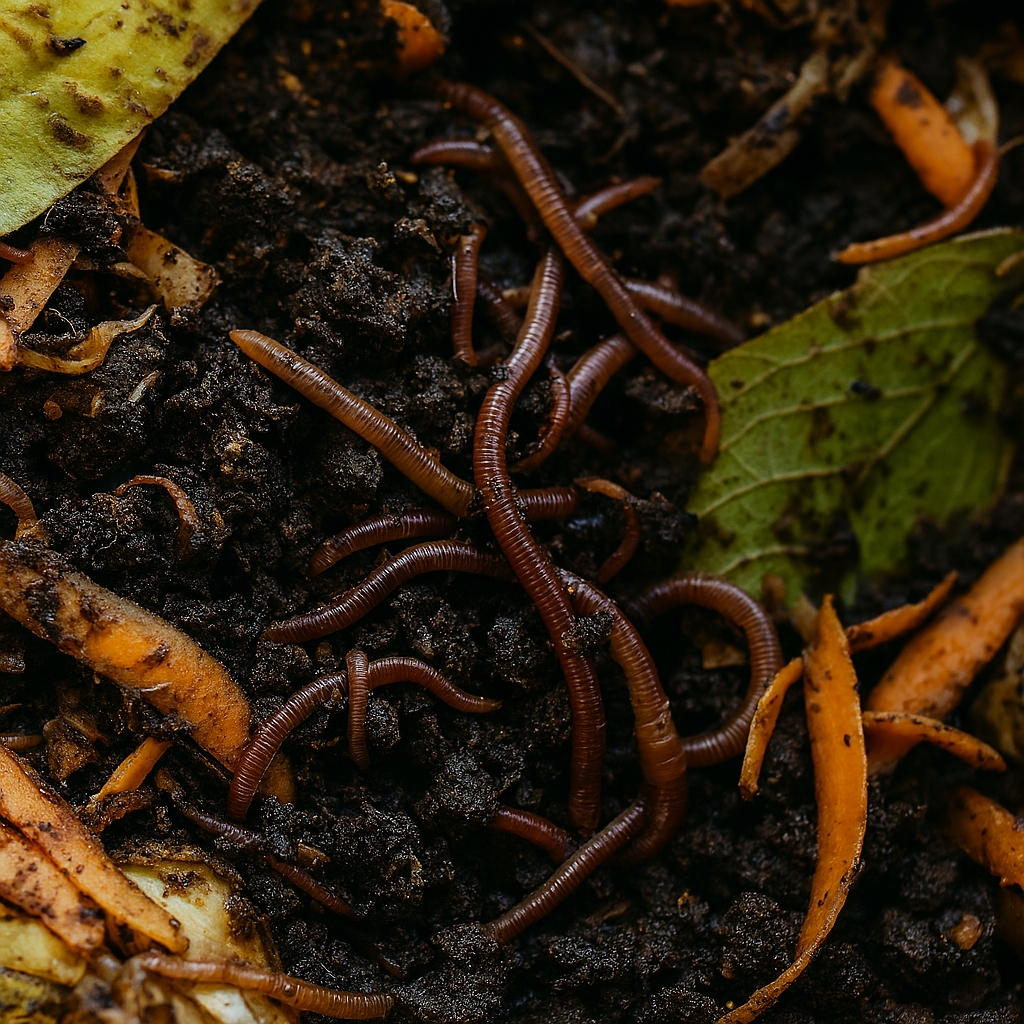
Magical Precious Saving Our Environment Psychology
[…] is not naive—it’s strategic. It fuels persistence, creativity, and resilience. In environmental psychology, hope is a predictor of action. People who believe change is possible […]